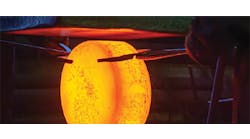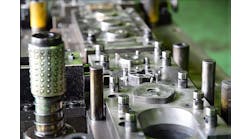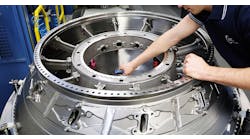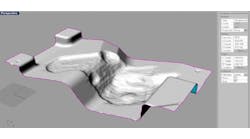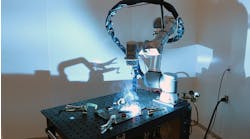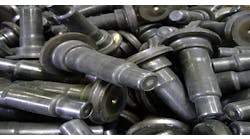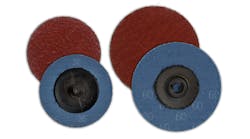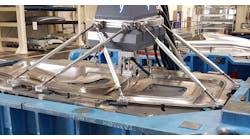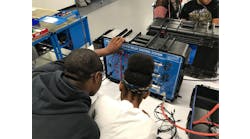... Also, they are not weldable for reworking. Can you suggest why we are having these problems?
A: First of all, the use of ion-nitriding on Cr-Mo-V steel, which you are using, is not necessarily a good choice. The ion-nitriding temperature is usually above the normal tempering temperature for that grade. This means that the die steel beneath the nitrided layer is much softer and less likely to support the case. True, this grade can be nitrided at a lower temperature but it takes a much longer time in the reactor. I recommend a higher Cr grade that resists temper softening at 950-1050°F. This is where the ion-nitriding is most effective, such as on dies from H13 or similar.
You and others have indicated that the white layer is a source of heat checking: This condition is dependant on the source of nitriding. There are reactor cycles that tend to diffuse the case once applied and thereby diminish the white layer effect. You will have to check your source for help with that problem.
As far as welding is concerned, I do not have much experience with welding on case-hardened nitrided surface. Most reworking is done with EDM rather than welding or machining of the hard surface layers.
Remember, you need to mask off areas that you do not want to nitride. Copper sulfate is one way. It tends to leave a deposit of copper on areas that you do not want to nitride.
H. James Henning answers forgers' technical and operational questions. For more than 40 years he held key technical positions in the forging industry, most recently as director of technology for the Forging Industry Association. He is president of Henning Education Services, Columbus, OH, specializing in customized education and training in forging technologies.
Send questions to
